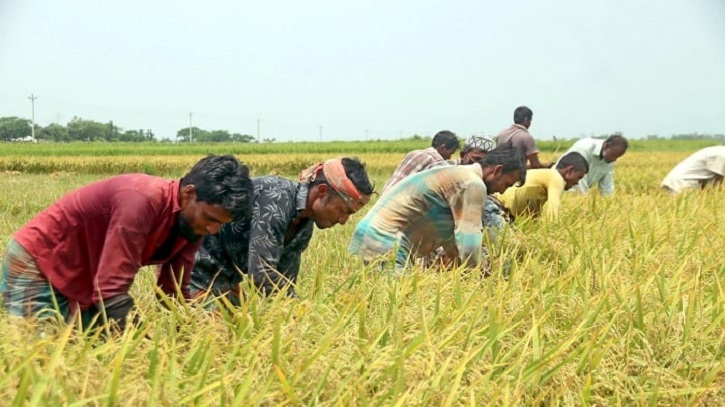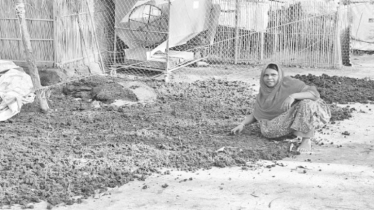
Commercial banks in Bangladesh fell short of the agricultural loan disbursement target for the fiscal year 2024–25, distributing Tk 37,326 crore—98.23 percent of the Tk 38,000 crore target. Although the target was not fully met, the amount disbursed represents a slight increase of Tk 172 crore compared to the previous fiscal year.
Bangladesh Bank officials attributed the shortfall to four primary factors: political instability following the fall of the Awami League government in August last year, natural disasters, a rise in interest rates, and liquidity constraints in the banking sector.
Despite missing the target, loan recovery improved significantly. Agricultural loan recovery stood at Tk 38,024 crore, up by Tk 2,453 crore from Tk 35,571 crore in the previous fiscal year. This reflects stronger repayment behavior among farmers.
The outstanding balance of agricultural loans stood at Tk 60,232 crore at the end of June 2025, compared to Tk 58,119 crore a year earlier.
Bangladesh Bank formulates annual agricultural credit policies and sets targets for commercial banks, given the sector's critical role in food production, employment generation, and economic growth. Currently, 45 percent of the country’s labor force is directly engaged in agriculture, with additional indirect contributions to industrial and service sector growth.
In the previous fiscal year (2023–24), banks exceeded the disbursement target by distributing Tk 37,154 crore against a target of Tk 35,000 crore, achieving 106.15 percent of the goal.
Sources confirmed that banks failing to meet the 2024–25 target will face financial penalties, with the unachieved portion to be deducted and deposited into the Bangladesh Bank Agricultural Development Common Fund (BBADCF). The collected amount will later be redistributed through compliant banks to reach end beneficiaries.
Bangladesh Bank is expected to announce a new agricultural credit policy for the current fiscal year on August 12, setting a likely disbursement target of Tk 39,500 crore.
However, concerns remain that despite increasing annual targets, a substantial portion of the agricultural credit does not reach genuine farmers due to alleged irregularities and evasive practices by some banks.





